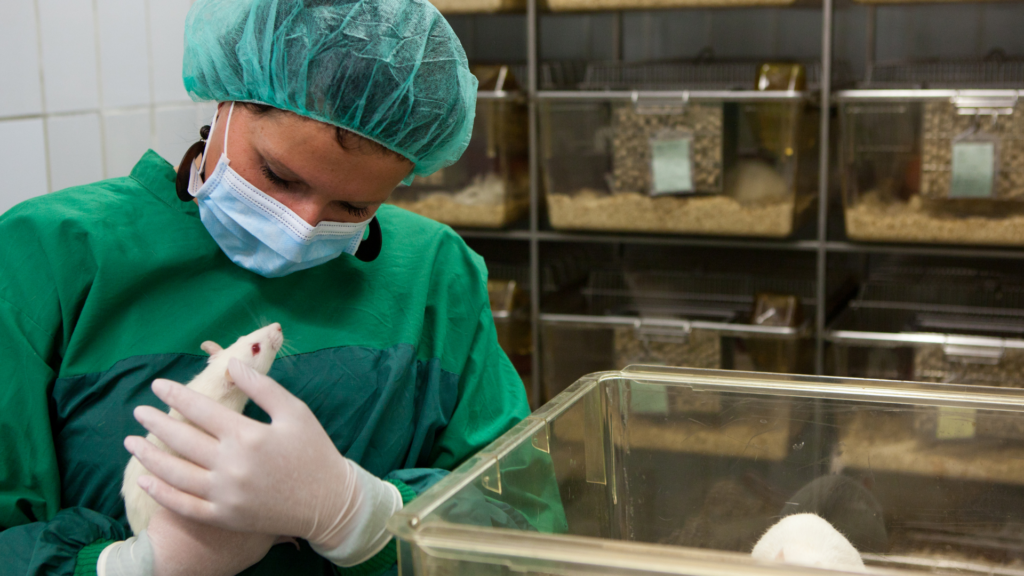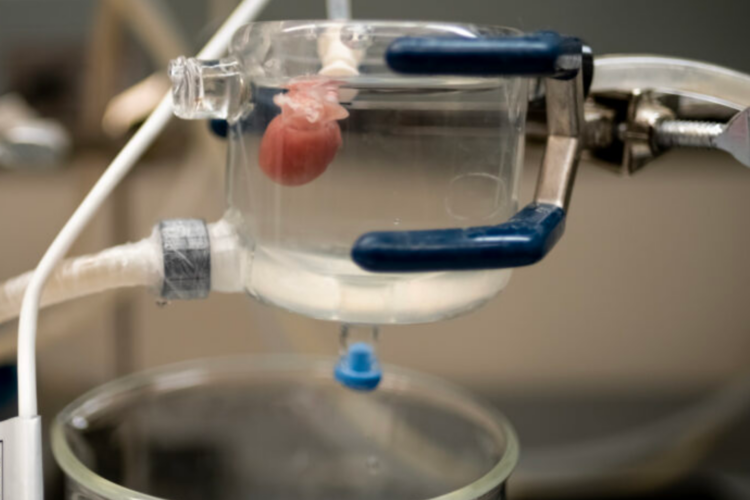Cryopreservation is the process of using extremely low temperatures to preserve living cells and organs for extended periods. It is a commonly used method in freezing embryos or sperm for in vitro fertilization (IVF). Scientists turn to a technique called vitrification, where cells undergo rapid freezing within seconds using liquid nitrogen, while avoiding the formation of ice crystals. Instead, the incredibly fast cooling rate will lead to a glass-like state, which is less damaging to the frozen living cells. Recently, a groundbreaking study at the University of Minnesota Twin Cities has expanded on the possibilities of long-term organ storage using cryopreservation. Organ replacement is a highly sought-after treatment for many individuals worldwide. However, with the limited organ availability and the time constraint associated with transport, many people are not able to access this life-saving treatment.
The engineers and researchers involved successfully transplanted a rat kidney that was cryogenically preserved and rewarmed. The Minnesota team developed an innovative ‘nano-warming process’ that allows for evenly rapid warming that occurs from within the organ, causing minimal damage compared to rewarming from the surface. The study demonstrates five kidney transplants on rats using the vitrification and thawing process. The results are published in the Nature Communications June issue, titled “Vitrification and nanowarming enable long-term organ cryopreservation and life-sustaining kidney transplantation in a rat model,” showcasing the first repeatedly successful, vital organ transplant in a mammalian species.

According to the Organ Procurement and Transplantation Network, a person is added to the transplant waiting list every 10 minutes. In January 2023, around 89,000 people were on the waiting list for a kidney transplant, and a few thousand more needed other organs, such as the liver, heart, and lung. With about 17 people dying each day from failure to receive this life-saving treatment, a breakthrough study such as this one can save many lives in the future. Although this is a huge step in transplant medicine research, there are still many medical and ethical hurdles that need to be overcome for cryopreservation to be widely utilized in the field.
The University of Minnesota Twin Cities has released some news on behalf of the research team stating that they could work on refining the process in the next year or two to cater to human organs, though clinical trials would take another five years. The team has expressed their intent on scaling up the project using larger tissues such as pig organs. As the jump from rats to humans is huge, it is expected that the development process will take a good amount of time. Other concerns need to be addressed before this technique is introduced to medical practice, such as the ethics of determining who gets what type of organ transplant. There is also a whole new system that needs to be introduced and developed with the collaboration of hospitals, governments, and other regulatory bodies. Although this may take time, this recent breakthrough seems to bring a lot of momentum in this field of research.
Roselle Torres
If you found the article interesting, I also recommend this:




